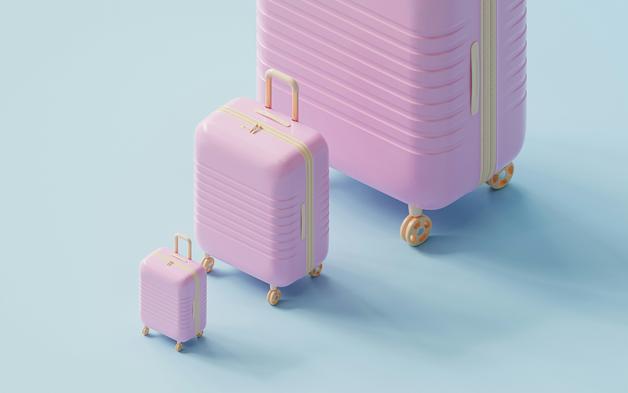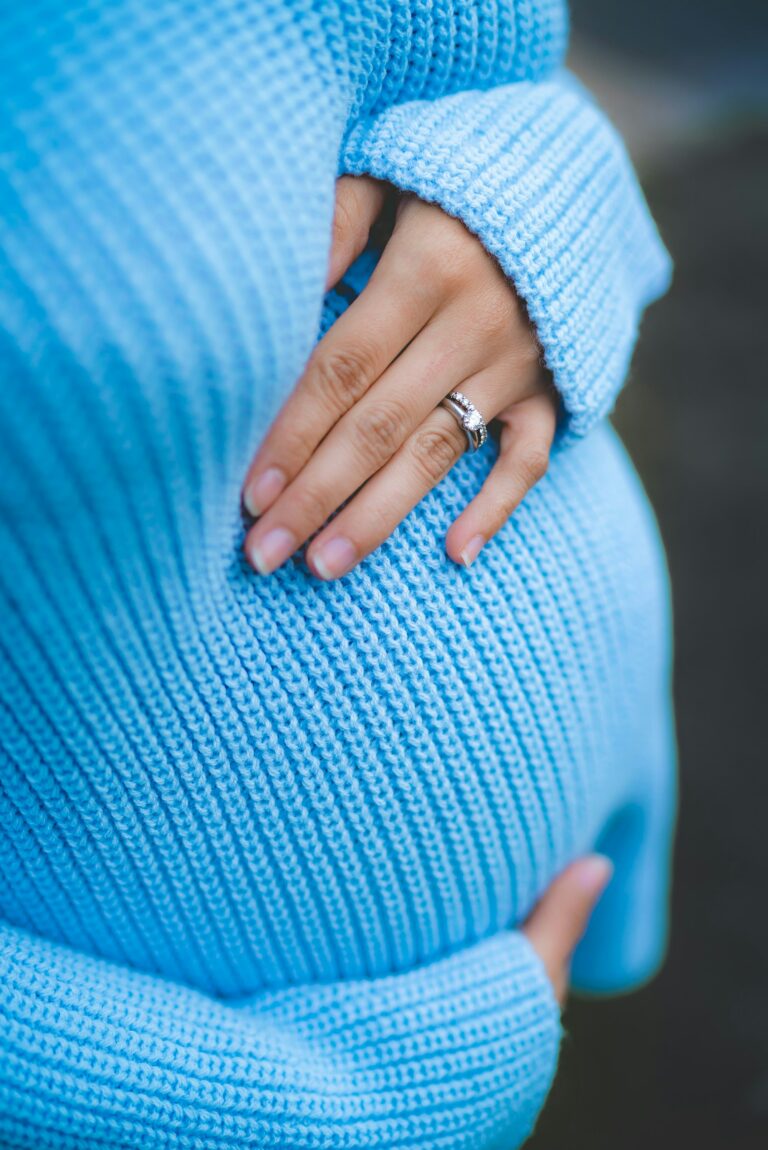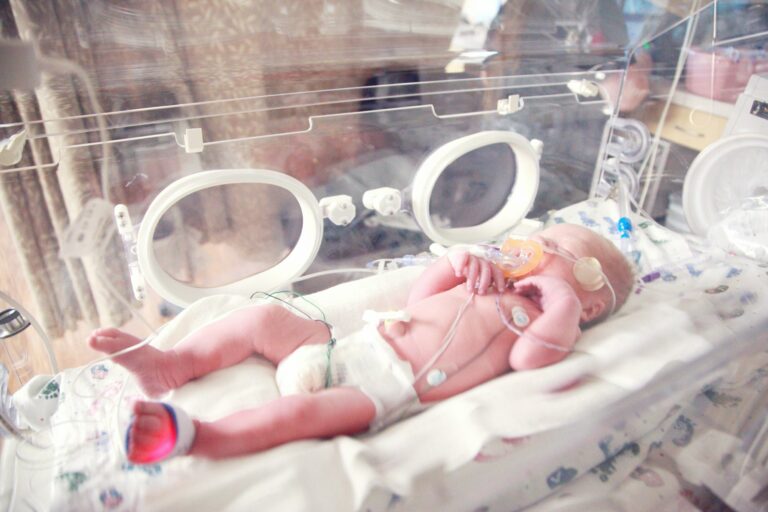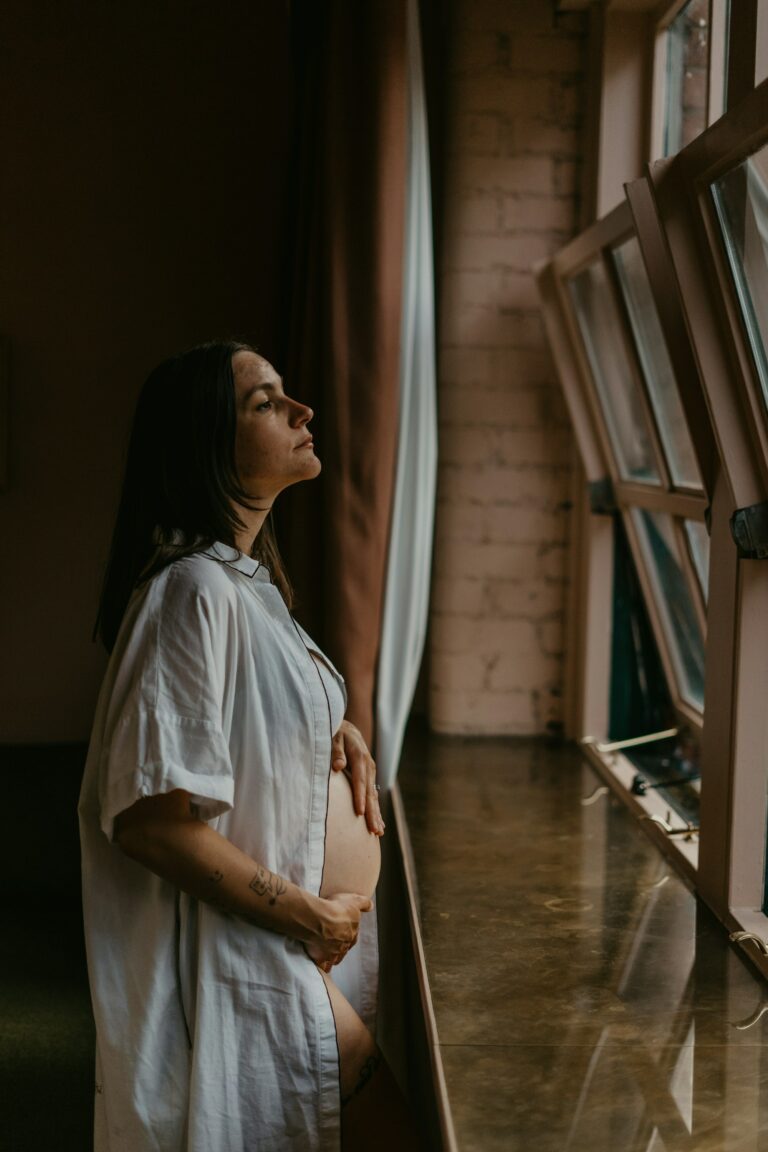Bracing yourself for that unpredictable, exhilarating moment when labour begins? Your mind is probably swirling—will you forget something critical, or be scrambling for a misplaced insurance card? The maternity bag, so much more than practical luggage, becomes a reassuring anchor when anticipation, joy, and anxiety blend in those final weeks. Questions bubble up: What do you actually need, what’s optional, and how soon should everything be ready? Let’s draw a roadmap—hearted, detailed, and full of practical wisdom—so your transition from home to hospital and into motherhood is as seamless as possible. Parents, uncertainty is part of the adventure, but preparedness brings calm.
Why Prepare a Maternity Bag—and When?
Labour can tiptoe in or arrive with full drama; rarely does it send a polite invitation. That’s why expectant mothers, across generations, are encouraged to assemble their maternity bag by the 32nd to 35th week. This simple act cuts down on stress hormones, reduces cortisol-driven anxiety (which research tells us is better for both mother and baby’s health), and ensures you’re not forced to make hurried decisions as contractions begin.
A maternity bag isn’t merely functional transport—it’s your immediate resort for comfort, safety, nutrition, and peace of mind. This single bag holds layered utility: medical notes, soft bamboo nursing tops, snacks for midnight cravings, and essentials for skin-to-skin—a convergence of science and comfort. Wondering if you can leave it to the last minute? Many have tried. Few recommend it.
What Exactly Is a Maternity Bag?
The term can be confusing. In brief:
- Maternity bag: Tailored towards what the mother requires for labour, birth, and recovery.
- Hospital bag: Sometimes used interchangeably, but often implies a dual-purpose setup for both mother and baby.
- Diaper bag: Designed for outings post-discharge. Think minimalism for daycare runs and immunisation appointments.
By focusing on the maternity bag for your hospital stay, you streamline organisation and ensure that both recovery and those first hours of your baby’s life unfold with less chaos.
Planning Ahead: The Medical Perspective
Every expectant parent is unique—preferences, medical considerations, and birth plans all vary. Medical guidelines point towards being ready well in advance, as premature labour or changes to your birthing plan (for example, moving from planned vaginal delivery to caesarean) can happen unexpectedly.
Equipped with your maternity bag, you’re better positioned to advocate for your comfort—having the correct nursing bra, easy-access prenatal records, and cooling wipes (a boon during early, restless labour). Preparing in advance aligns with most doctors’ recommendations—lowers stress, supports informed consent, and makes emergency hospital admission much smoother.
Organisation: One Bag or Two?
A common practical dilemma. Many parents prefer dividing their packing:
- A compact delivery room bag: Only identities, key medical documents, a birth plan, a comfortable oversized t-shirt, and one complete newborn outfit. This can be swiftly handed to hospital staff if labour speeds up.
- A roomy maternity bag: For the days following delivery—postpartum clothing, multiples of baby outfits, skincare, feeding accessories, and snacks for late-night hunger that hospital food rarely satisfies.
This segmentation prevents frantic rummaging during contractions or when the paediatrician drops in for the first check.
Essential Hospital Documents
Keep these accessible:
- Personal identification
- Health insurance card
- Hospital registration and admission forms
- Obstetric notes or digital maternity files
- Birth plan (if any) and special instructions, such as for allergies or faith-related requests
This isn’t bureaucracy, it’s your safety net in an unfamiliar environment.
The Core of the Maternity Bag: What You REALLY Need
For the Parent: Clothing, Hygiene, and Recovery
What brings comfort during an unpredictable hospital stay? It’s the little things—soft, front-opening nightgowns, fluffy socks, and clothing with easy access for breastfeeding. Don’t overlook:
- Breathable, stretchable wear: Prioritise fabric like cotton or natural bamboo fibres, as synthetic blends can irritate sensitive, postpartum skin. High-waisted underwear minimises discomfort, especially if stitches or C-section recovery is foreseen.
- Toiletry essentials: Maternity pads (hospital-grade absorbency recommended), gentle shampoo, toothbrush, face cream, hair ties, and a broad-brimmed comb.
- Pain management aids: A cooling spray, gentle perineal spray (discuss with your obstetrician), and prescribed medications.
- Breastfeeding support: Nipple cream, breast pads (especially those labelled hypoallergenic), and a supportive nursing pillow. If you have flat or inverted nipples, a breast pump or shield may be prescribed—ask your lactation consultant.
- Extras for well-being: Hydration is non-negotiable. A refillable water bottle with marker lines for tracking fluid intake, plus nourishing snacks—think nuts or millet bars—since glucose dips are common during the early phases of postpartum recovery.
For the Newborn: From First Breath to Going Home
- Clothing options: Pack 3–4 sets in different sizes, as neonatal weight can be unpredictable (newborn and 0–3 months sizes). Natural, soft fibres minimise risk of irritation.
- Thermal and weather-appropriate layers: Quilted suits or light muslin swaddles depending on the season. Babies struggle with thermoregulation (the science: their brown fat stores are limited at birth), so hats, mittens, and socks are essential regardless of climate.
- Nappies and hygiene: Newborn-sized nappies, rash cream formulated for high-frequency changes, and a dry sheet for mess management.
- First care and bath: Hospital protocols sometimes involve only sponge baths initially. Still, a hypoallergenic bar or gentle cleanser, soft hooded towel, and muslin cloths are your allies.
- Safe first journey: If discharge involves travel, a rear-facing car seat—now standard and often checked by hospital staff for installation safety. Never overlook this.
For the Partner or Support Person
Labour may run long—sometimes well into the night. Their essentials: spare clothing, contact list, snacks, water, and a phone charger. Small touches like a notebook for logging baby’s feeding times or a favourite insulated mug can make those hours more manageable.
Special Considerations: Season, Climate, and Medical Needs
Adapting for Summer or Monsoon
Humidity? Fatigue and heat can worsen. Favour moisture-wicking, airy fabrics, extra towels, and baby-safe mosquito patches if allowed. For the mother, cooling wipes are a boon. For baby, stick to cotton—synthetic blends can increase risk of heat rash.
Winter Comfort
Thermal layering becomes your mantra. A fleecy blanket, plush shawl, and extra mittens for your newborn manage the risks of neonatal hypothermia, which is particularly concerning in the first 24 hours after birth.
Medical and Feeding Preferences
If medically indicated, such as for diabetes, remember specific medications or dietary snacks. For exclusive breastfeeding, bring your own feeding pillow and lanolin-based nipple cream; for formula feeding, check hospital policy and pack pre-sterilized bottles, measured formula, and a thermal bag. Preemies or infants with special medical situations may need tailored supplies—always check in advance with your healthcare provider.
Efficiency Through Organisation: Packing Smart
Lists are not old-fashioned—they are a science-backed strategy for reducing cognitive load (the ‘decision fatigue’ new parents often discuss). Group similar items into colour-coded or transparent zip pouches: one for baby, one for mother, one for documentation. Labelled sections inside your maternity bag—think “feeding,” “hygiene,” “documents”—save time and stress in tired moments. Compression cubes, designed for travel, can help fit more into a modestly-sized hospital bag.
Don’t ignore the risk of overpacking. Most hospitals now support a minimalistic approach and provide basics, but always confirm what’s available. Less is often, unexpectedly, more.
Attention to C-section recovery? If likely or planned, include high-waisted recovery underwear and ensure nothing sharp-edged can rub across the incision line. Ask your obstetrician about abdominal binders, which have evidence for improving early mobilisation.
Choosing Your Maternity Bag: Which Style Suits You?
Selection may seem superficial, but an ergonomic, spacious bag does wonders. Popular choices:
- Backpack style: Distribution of weight keeps hands free—valuable when juggling an umbrella, documents, and new baby.
- Tote: Fashionable with easy compartment access, though less comfortable for long distances.
- Duffel: Spacious, good when your stay could run long, but less convenient for moving around busy corridors.
Prioritise features like waterproof lining, thermal bottle pockets, and pouches for quick-grab items. A subtle, classic colour reduces visible stains, while zippered compartments protect important documents.
Where to Buy—and How to Compare
The overwhelming array of maternity bags and “hospital ready” kits can paralyse decision-making. Online marketplaces are practical and often show user reviews, which are useful for assessing durability and functionality. Boutique shops may stock artisanal or organic blends, suitable for those with allergies or sensitive skin. Pre-filled maternity bags cut planning time—review contents to confirm nothing is redundant and all basics are covered.
Personalising Your Maternity Bag: A Simple Touch
There’s beauty in the details: a hand-written message for the baby’s first photo, a calming scent sachet, or a bright muslin swaddle. A family photo in your maternity bag can offer emotional comfort during long, lonely nights after birth.
Group each person’s supplies in different pouches for simplicity—a visual map during fatigue. Place essentials in external pockets, and sensitive documents in a water-resistant, zipped inner compartment. The more effortless finding something becomes, the more you can focus on your newborn’s needs.
Key Takeaways
- Begin packing your maternity bag by week 32 to 36—preparation breeds peace.
- Split your items into a small delivery bag and a larger postpartum bag for simplicity during labour and extended stays.
- Don’t forget health documents and administrative paperwork—quick access streamlines admission when timing is unpredictable.
- Focus on well-being alongside practicality: breathable clothing, functional accessories, and genuine comfort items lighten the postpartum load.
- Always adapt contents for the season, and tailor bag organisation for medical or feeding preferences—consult your care provider for personalised suggestions.
- Lists, packing cubes, and intuitive arrangement reduce cognitive load and prevent last-minute omissions—empowering, not restricting.
- Comparing bag types before purchase can save you frustration and money—check reviews for real-life accounts.
- Personal touches foster warmth—after all, this is the start of a new chapter.
- For more medical guidance, personalised checklists, and child health questionnaires, consider the application Heloa, designed to take you from anxious to assured with expert tips right on your device.
Questions Parents Ask
What is a maternity bag?
A maternity bag is a thoughtfully packed set of essentials—clothing for comfort, hygiene items, nutrition for energy, vital documents, and baby care basics—collected well ahead of time. It serves you best when labour catches you by surprise, ensuring those overwhelming moments become a little less chaotic and a lot more manageable.
What should I pack in my maternity bag for the baby?
Many parents wonder about newborn needs in those first hours and days. It’s wise to pack several cotton sleepsuits or bodysuits (in two sizes if possible), a cap to help regulate your baby’s temperature, gentle wipes, and hypoallergenic diapers. Layering with muslin swaddles or a warm blanket is essential too, especially since baby body temperature control is still developing. If your hospital offers a checklist, tailor your maternity bag accordingly.
When should I start preparing my maternity bag?
Most doctors and midwives recommend assembling your maternity bag from week 32 onwards. This timeframe gives breathing space to update your packing list as pregnancy progresses and allows you to focus on late-pregnancy milestones without scrambling. However, earlier is always preferable to frantic, last-minute packing—peace of mind can’t be overvalued when your baby is on the way.









